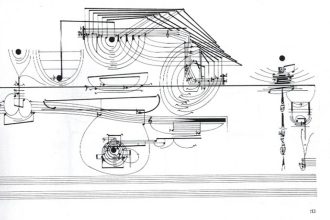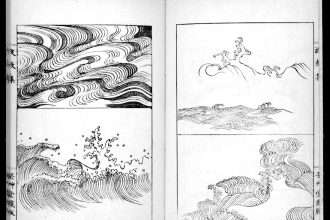Roland Kayn and the development of cybernetic music
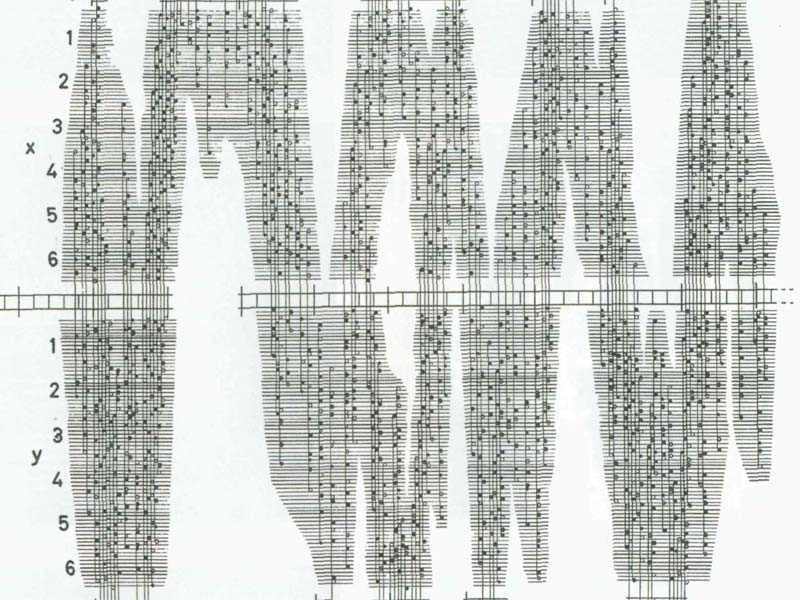
Roland Kayn (1933-2011) was a German composer who studied in Stuttgart at the “Hochschule fur Musik”, and at the “Technische Hochschule” with Max Bense. He was a pupil of of Boris Blacher at the “Hochschule fur Musik” in Berlin from 1956 to 1958 and he later worked in various music studios in Germany, Netherlands and Italy.
Although his relative obscurity in the last years of the 20th Century, Kayn’s work can be considered as one of the most emblematic in the realm of cybernetics and in the general contemporary art production related to the electronic medium.
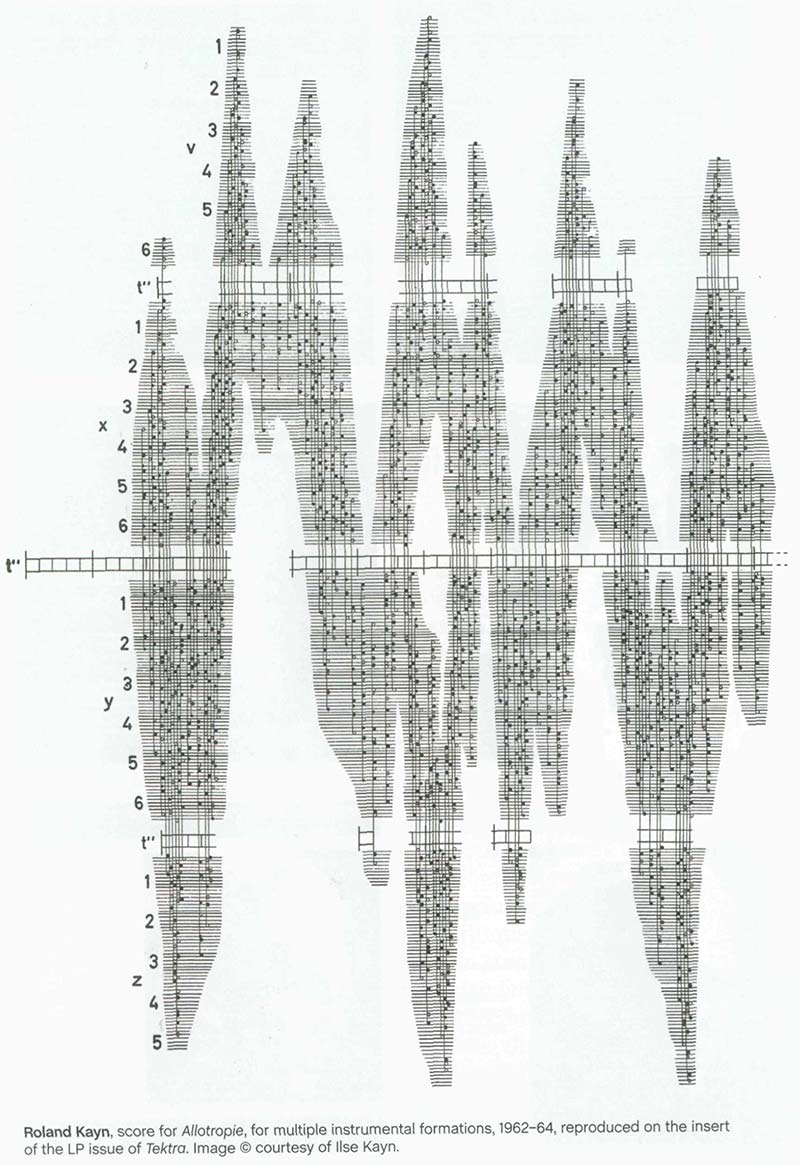
Thanks to Bense, (in the early 1950’s) Kayn came in touch with the seminal writings of Norber Wiener. Bense was one of the first theorists to conjugate cybernetic concepts to art and aesthetics, also curating exhibitions on computer arts and concrete poetry. Kayn was influenced by Bense in the possibility of realising aesthetics products as a combination of planning and chance, namely as their (demanded) unpredictability is a precise consequence of a planned construction. About the extension of cybernetics and aesthetics, Kayn later recounted: “At that time Bense’s approach was an important point of departure, because with his method of analysis, whether one was an architect or a composer, one gained the ability to approach the creative engagement with the material in an objective way“.
Despite his fascination for the sonic potential of the new technologies, Kayn was, at first, unable to realise works for the technological limitations he encountered in the different studios he visited.
The quick membership and departure from the Gruppo di Improvvisazione Nuova Consonanza (a Rome collective of composer-musicians dedicated to improvisatory performances) led Kayn to develop a mature notion of cybernetic’s music as a new stage in the development of electroacoustic art, from the early twentieth cenury to the 1970’s (from ‘Electro-instrumental Music’ to ‘Concrete Music’, passing through ‘Electronic Music’ and ‘Computer Music up until ‘Cybernetic Music’).
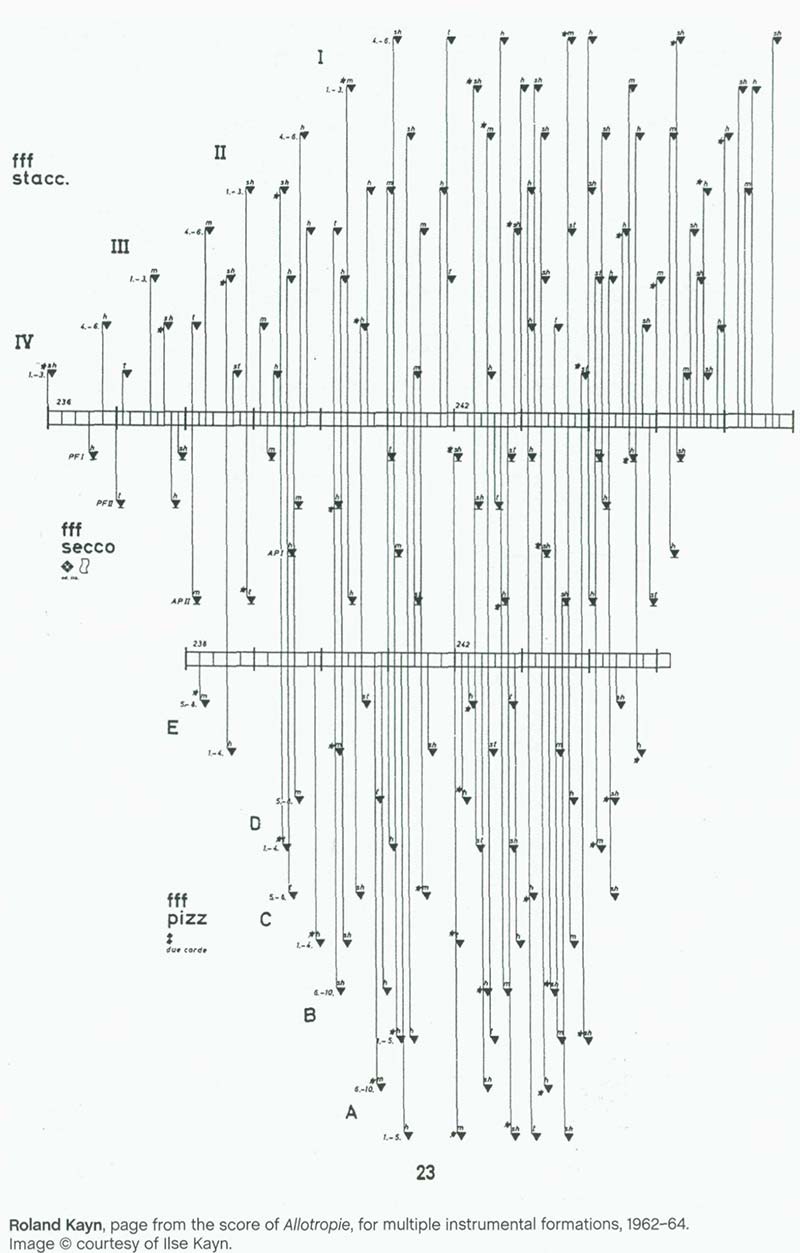
The advanced analog equipment he found at the Institue of Sonology in Utrecht (namely a a sophisticated voltage-control system of modular units, and a variable function generator, essentially a primitive sequencer through which one could control various components in the studio) allowed Kayn to finally realise cybernetic music, as an implementation of an algorythm that produced sound in real-time. The sonic scenarios were never fully programmed nor fully random, but “the composer presents his music as an artifice which he constructs and sets in motion, but once he has done this, it is left to move through space, a ‘free’ music, which, like the fabric of the cosmos, follows its own internal laws and conditions“. (Musicologist Frans van Rossum)
For a fascinating excursus of Kayn’s investigation about the possibility of music to act as an artifical intelligence, or as a mode of knowledge, we leave to the short but dense article by Thomas W.Patteson “The Time of Roland Kayn’s Cybernetic Music” (from which most of these images have been taken).
(Thanks to Paul Prudence of wonderful Dataisnature for sharing)
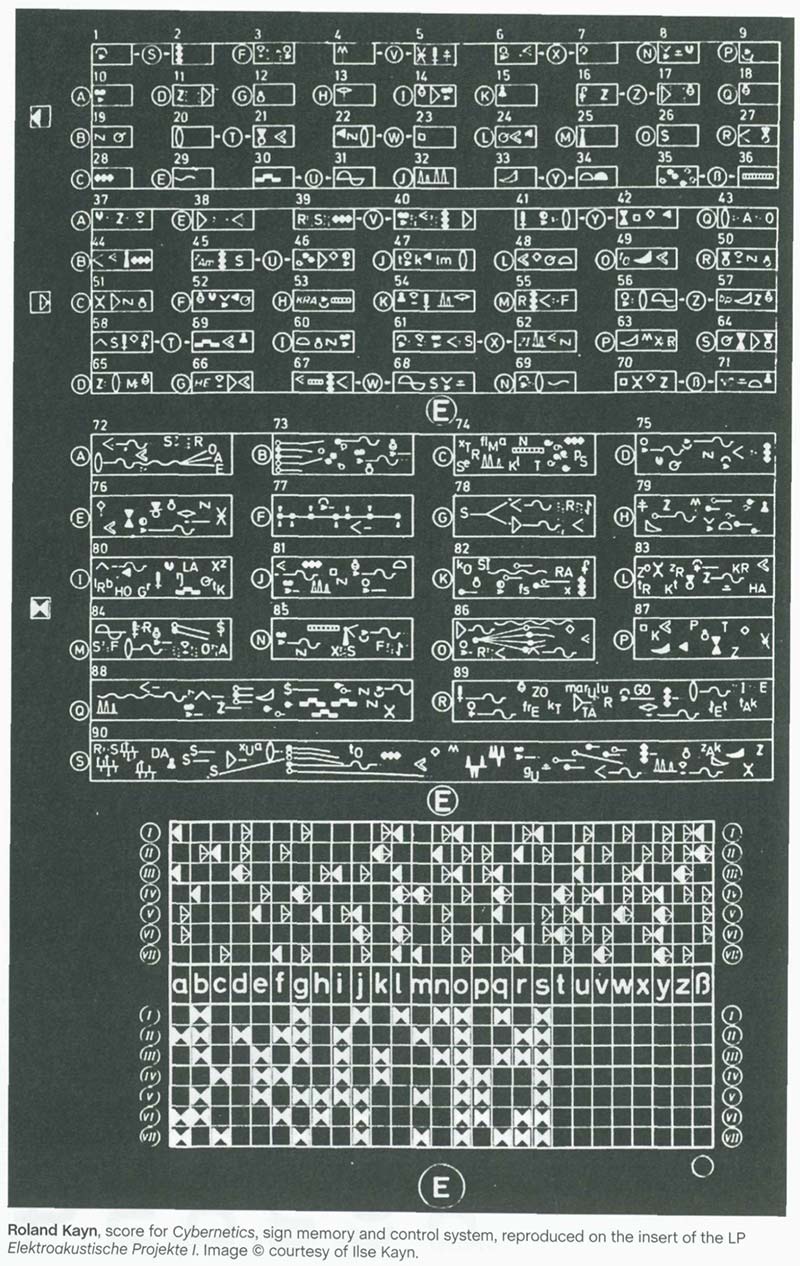
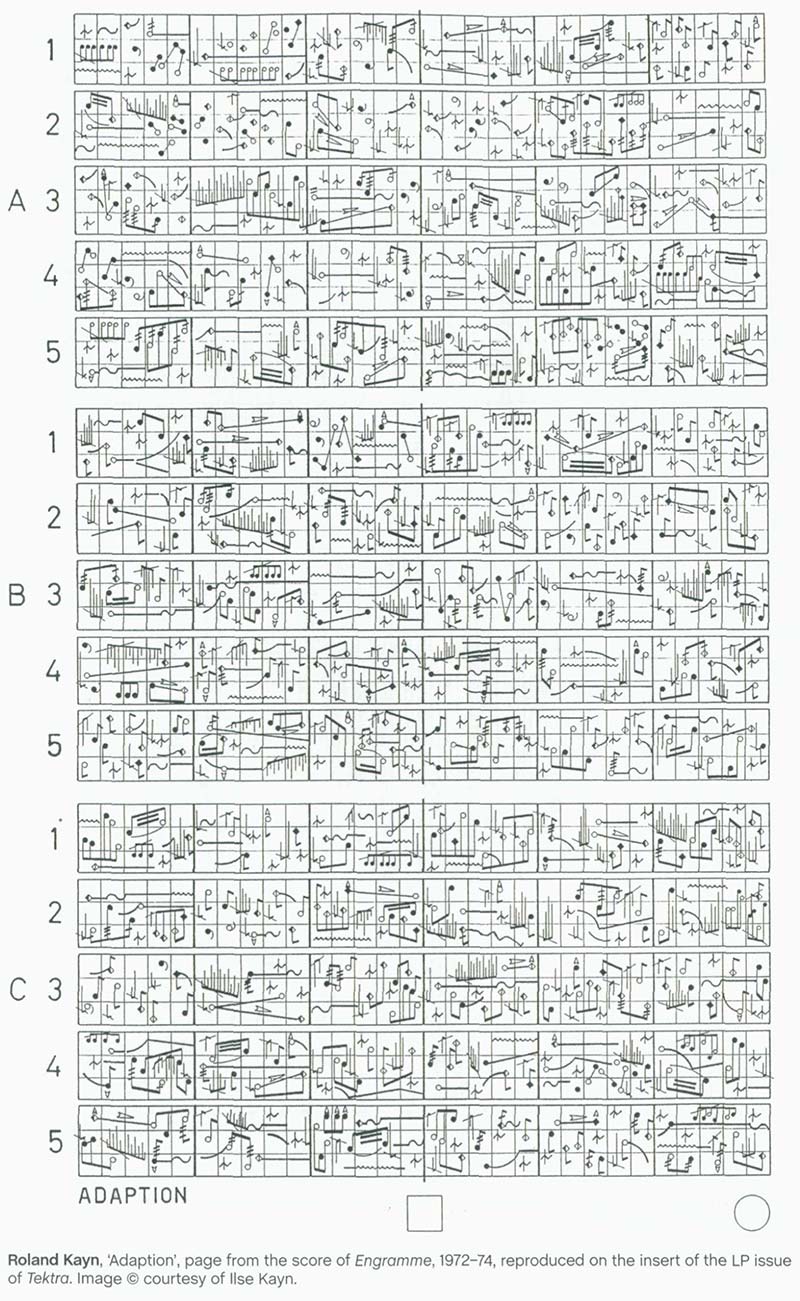
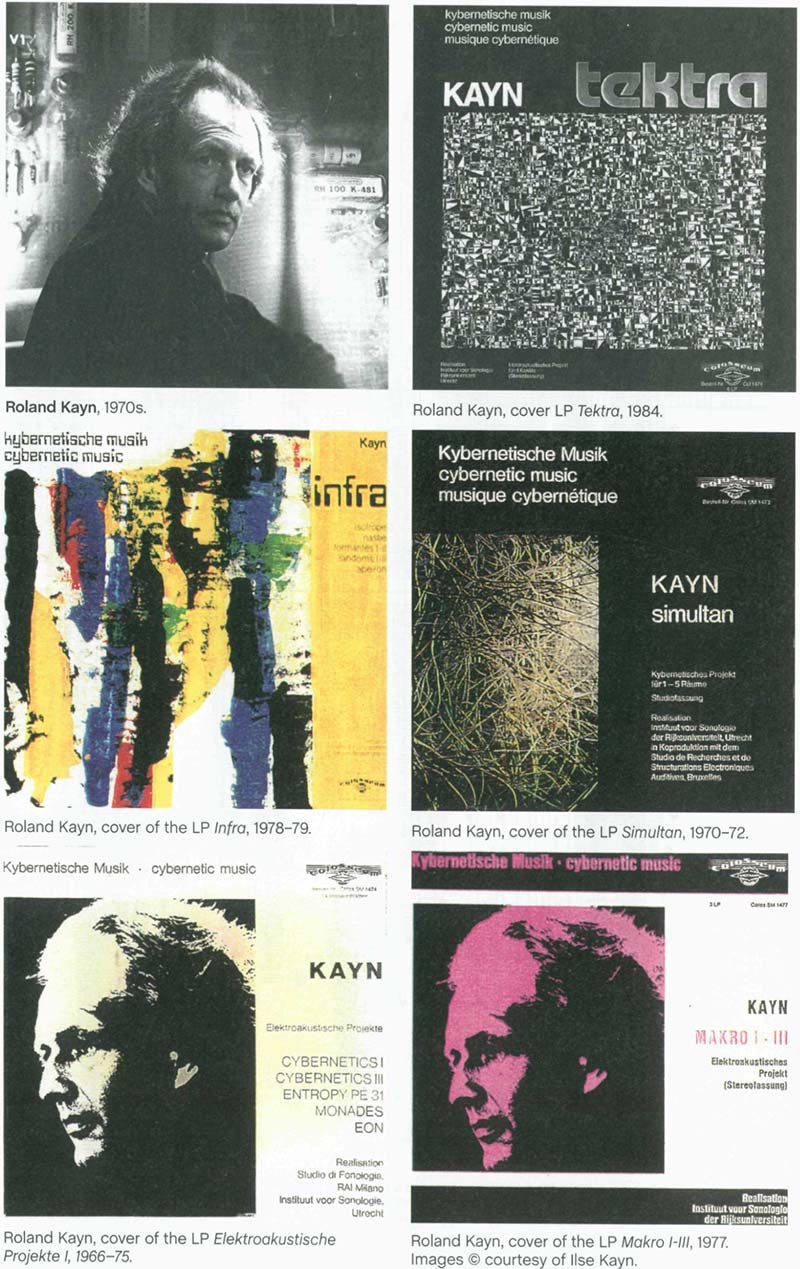
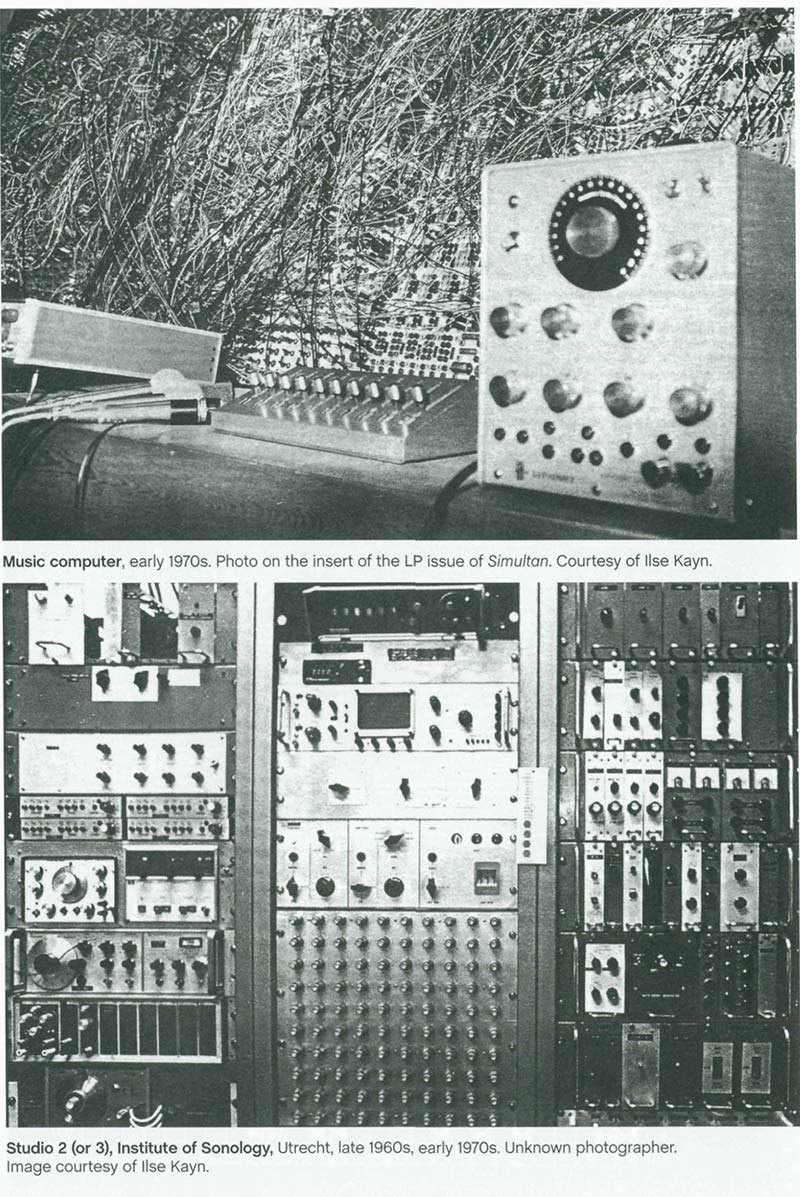
Related:
The Time of Roland Kayn’s Cybernetic Music (2012), by Thomas W.Patteson
“Beautifully published paper on the enigmatic German composer Roland Kayn, presented at Sonic Acts XIV 2012 in Amsterdam. The book in which it appears is entitled Travelling Time and features articles and interviews by Pauline Oliveros, Mark Fell, Keith Fullerton Whitman, and more”
Roland Kayn’s recordings on YouTube
Kayn’s recordings on the Internet Archive
A Metafilter’s page on Kayn
Kayn’s Infra booklet (thanks to a commenter on the ‘no longer forgotten music‘ blog)
Kayn on WFMU



